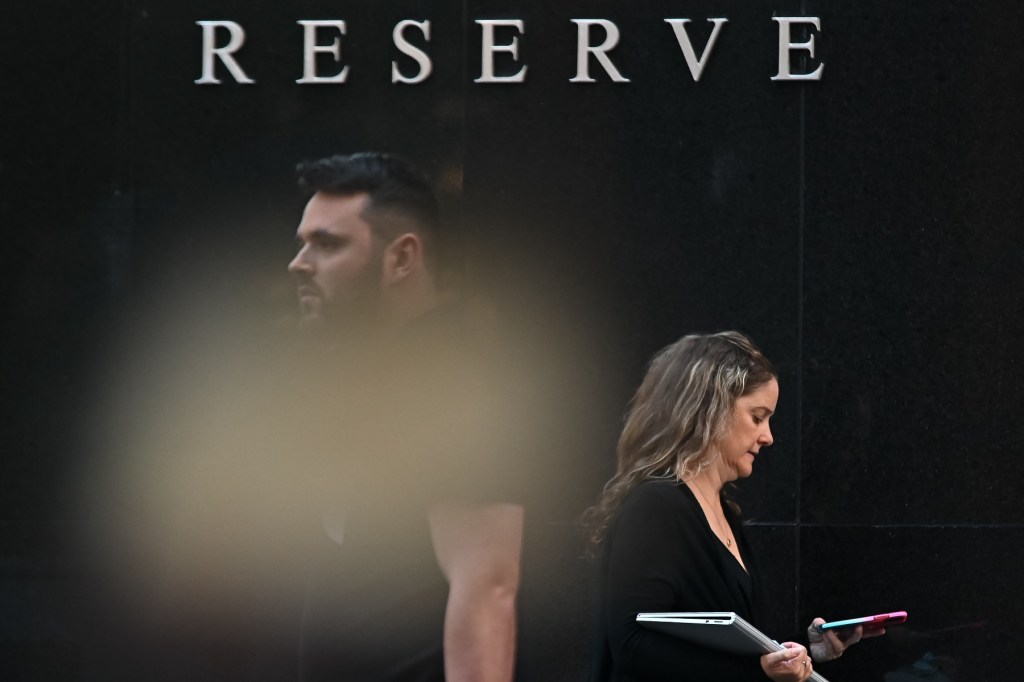Didn’t keep the receipt? Here’s what expenses you can claim without one this tax time

- by Admin
- July 23, 2024
No-one likes keeping receipts, so we often throw them away.
But this can be an issue when tax time arrives.
That raises the question, can you still claim tax deductions without a receipt?
Here are the expenses you can claim without a receipt and the maximum allowable amount.
What is the most you can claim on tax without a receipt?
According to the Australian Taxation Office (ATO), if your total work-related expenses are $300 or less, you are not required to provide a receipt.
The $300 deduction limit for work-related expenses doesn’t apply to claims for:
- Car expenses
- Meal allowances
- Award transport payments allowance
- Travel allowance expenses
But keep in mind that the ATO may still ask you to explain what it is you’re claiming, how you paid for it, and how it’s related to your work.
What expenses can you claim without a receipt?
Claiming expenses without a receipt can be risky because the ATO is always watching for false claims.
But in some cases, it’s okay to claim without a receipt.
Although, you’ll likely need to keep some form of record, such as a diary.
We’ve put together a quick guide of what you can claim on tax without a receipt, but keep in mind that this is quite wide-ranging.
Check out the ATO website for more details and, if you’re looking for individual advice, you can pay a tax agent to help.
Eligible people earning $60,000 can also use the ATO’s free service Tax Help Program, where volunteers help people lodge their tax returns online.
Here’s what you can claim on tax without a receipt:
Laundry
If your total claim for laundry expenses is $150 or less (excluding dry cleaning), you can claim a deduction without written evidence.
But you must be able to show how you spent the money and how you calculate the amount of your claim if the ATO comes asking.
Even if your deduction for work expenses is more than $300, you can still claim a deduction for laundry expenses up to $150 without written evidence.
However, the $300 limit for work expenses still applies, this exception doesn’t increase the $300 limit for work expenses to $450.
For more information on what constitutes occupation-specific, protective clothing and distinctive uniforms, head to the ATO website.
Small expenses
You don’t have to keep receipts for work-related expenses that are $10 or less, as long as the total claim doesn’t exceed $200.
But the ATO does want you to keep a record of all the small expenses.
It must be written in English and it should show:
- What you purchased
- Where you got the item from
- How much you spent
- The date of purchase
- The date the record was made
Hard to get receipts
If you incur expenses where it’s hard to get a receipt, the ATO says you can make a record of the expenses instead of getting a document from the supplier.
The expenses can be more or less than $10 and there is no total limit.
In your records, you must show the:
- Name of the business/supplier
- Amount of the expense
- Nature of the goods or services
- Date of purchase
- Date the record was made
But remember, the ATO uses industry averages as a tool to help them spot suspicious claims.
If you’re over claiming (especially without receipts), you may be headed for an audit — which is where the ATO does an in-depth investigation of your tax affairs.
Car expenses
If you’re eligible to claim car expenses and use the cents per kilometre method, you don’t need to provide any receipts for proof.
But you’ll need to show how you calculate your work use, so you may want to consider keeping diary records or using the myDeductions tool in the ATO app.
You’ll be able to claim up to a maximum of 5,000 kilometres for work-related use.
How many kilometres can you claim on tax without receipts?
If you’re using the cents per kilometre method, you can claim up to 5,000km without receipts for work-related vehicle travel.
You don’t need receipts or written evidence to show how many kilometres you travelled.
But, the ATO may ask you to show how you worked out your business kilometres — which is where diary records will come in handy.
The 2023-24 cents per kilometre rate is 85 cents.
It covers all car expenses including:
- Decline in value
- Registration
- Insurance
- Maintenance
- Repairs
- Fuel costs
Here’s an example to consider:
Once per week, Tim makes a 32-kilometre round trip in his own car from his head office in the city to meet with clients.
When Tim consults his diary at the end of the financial year, he works out he was at work for 48 weeks. But he did miss two weekly meetings as he was sick.
He works out his work-related kilometres as:
Number of weekly trips x distance of weekly trip = total weekly trip kilometres
46 x 32 = 1,472 kilometres
Tim works out his deduction for the 2023-24 income year as:
1,472 x 0.85 = $1,251
What if I don’t have a receipt?
You may be able to submit bank statements and income statements.
But this is at the discretion of the ATO — they have to be satisfied the records are good.
One way to do this is to check the bank/income statement contains all of the following information:
- Name of the supplier
- Amount of the expense
- Nature of the goods or services
- Date the expense was paid
- Date of the document
The ATO may also want you to provide supplementary evidence such as a written record (e.g. in a diary) and other documents that outline the nature of the goods or services.
What can I claim on tax?
There are many work and non-work-related expenses that you can claim on your tax return.
Deductions can include:
But there are very strict rules about what you can and can’t claim.
So check out the ATO website for the full details before filling out your tax return.
Why is my tax refund so low in 2024?
If you’ve logged into the ATO’s portal to have a look at your tax refund estimate, you might have been puzzled to find it doesn’t meet your expectations.
There could be a few reasons for this, according to the ATO:
- Your refund could have been offset against other debt you have
- There could be a difference between the details in your tax return and the pre-fill information data
- Your income and deductions are different from last year
- The discontinuation of the low and middle income tax offset (LMITO)
The Latest News
-
December 25, 2024Gearing Up for Australian Open, Nick Kyrgios Elevated in Bold Predictions From Renowned Tennis Experts
-
December 25, 2024Dads’ day out! Australian stars unwind with with wives, kids at MCG. Watch | Cricket News – Times of India
-
December 25, 2024India must continue to exploit ‘brittle’ Australian line-up: Ravi Shastri | Cricket News – Times of India
-
December 25, 2024Warne, Tendulkar, Muralitharan and (even) Gladstone Small: Eleven Boxing Day Test memories
-
December 25, 2024‘Stops riots outside the Members Stand’: Aussie skipper backs cult hero for big MCG return



